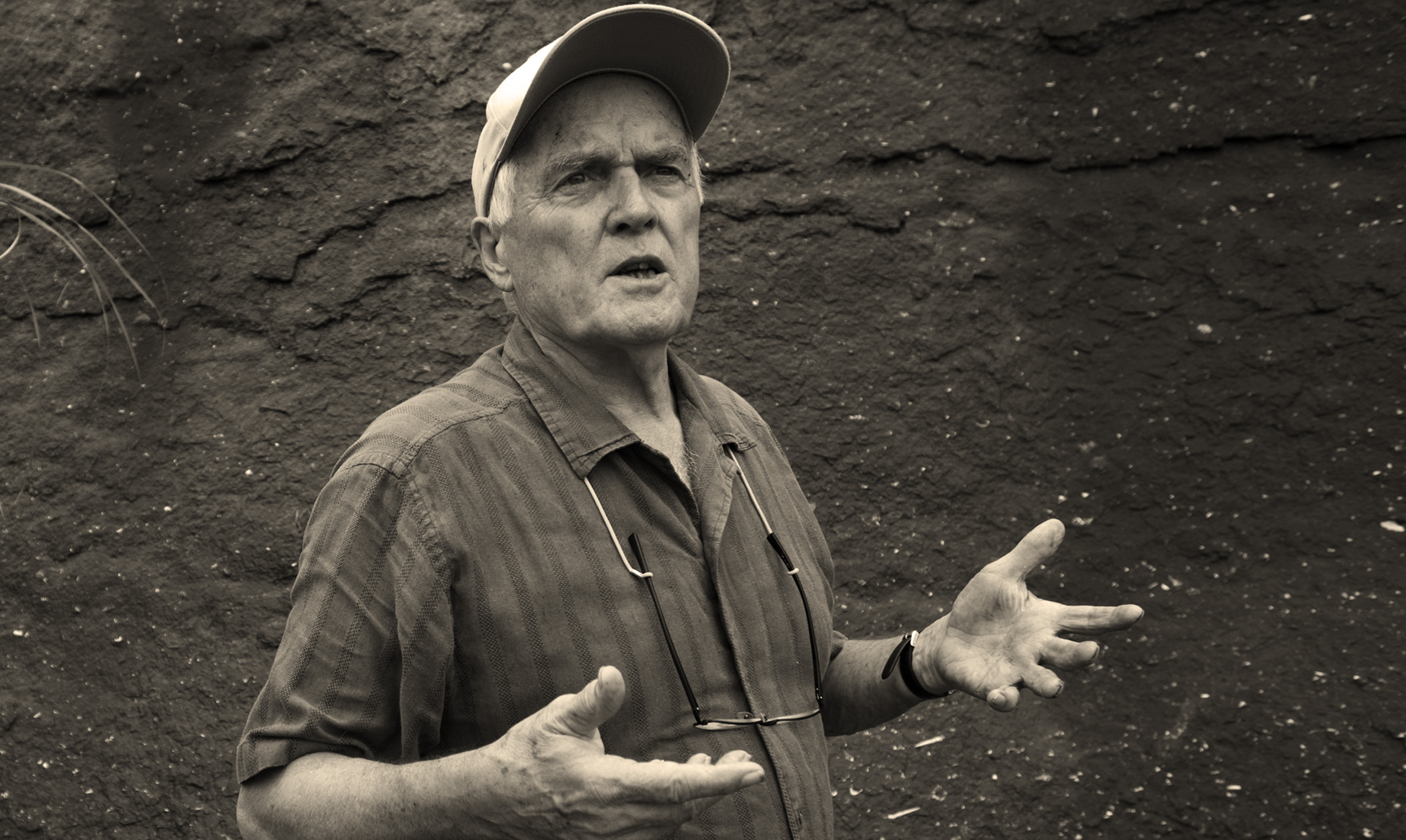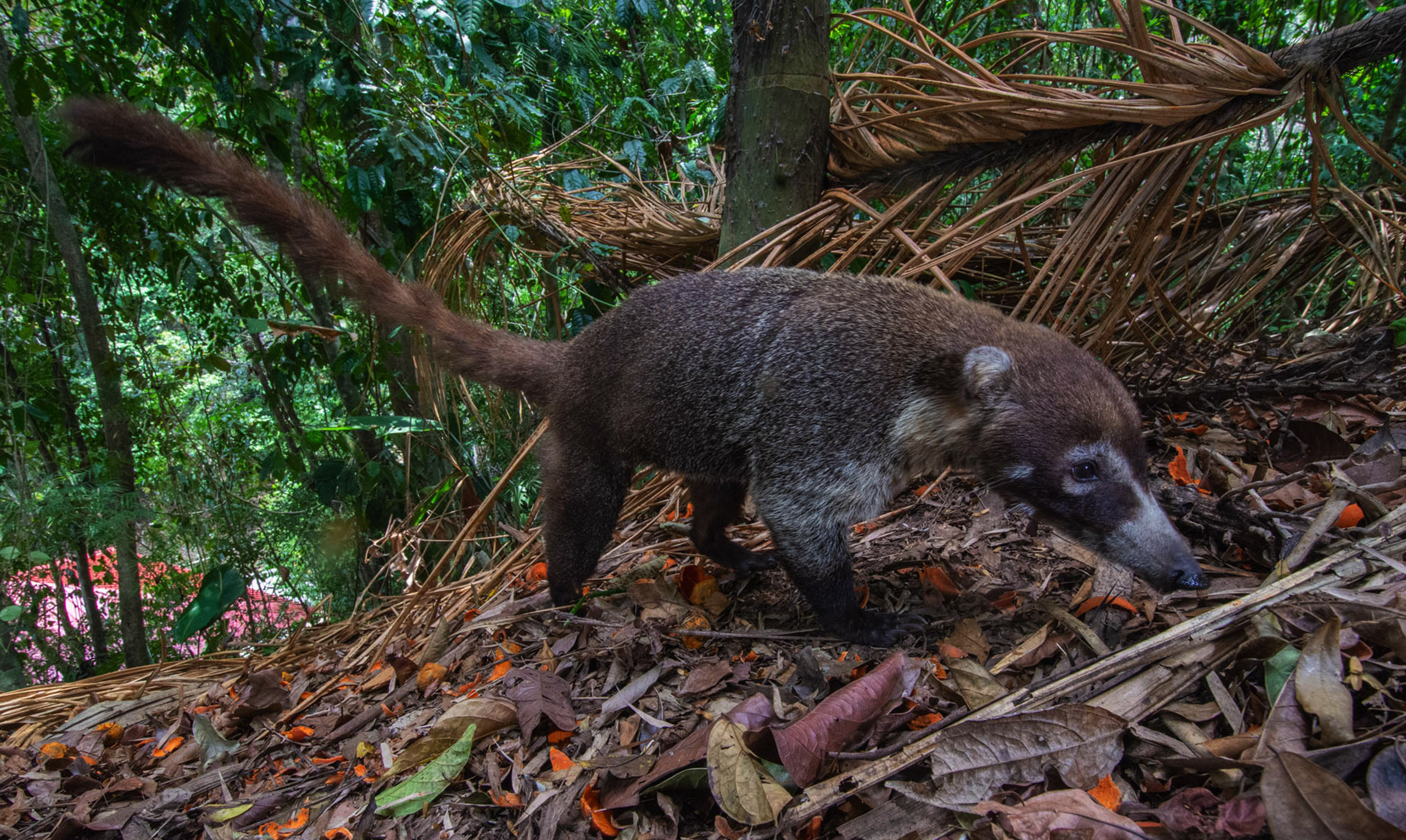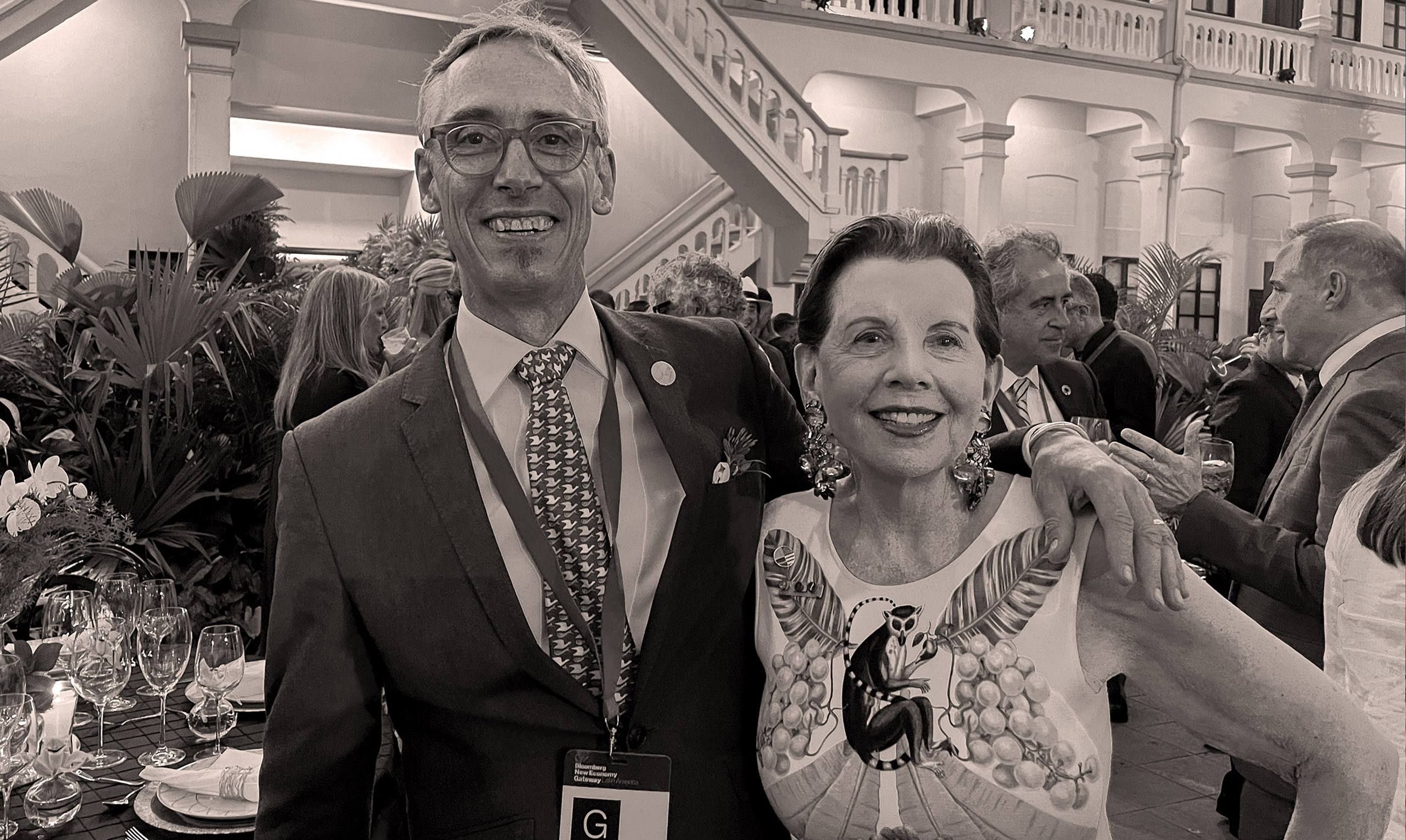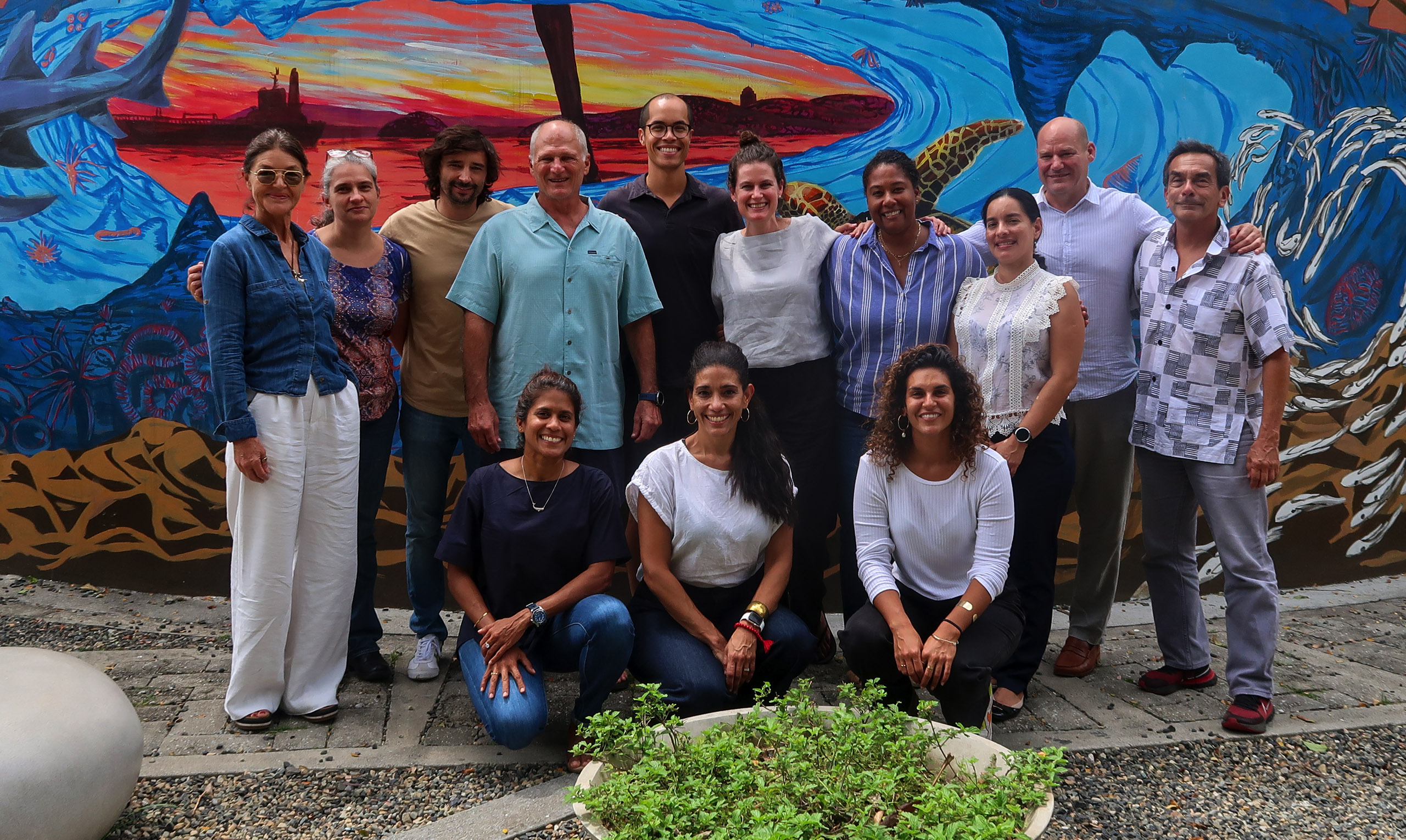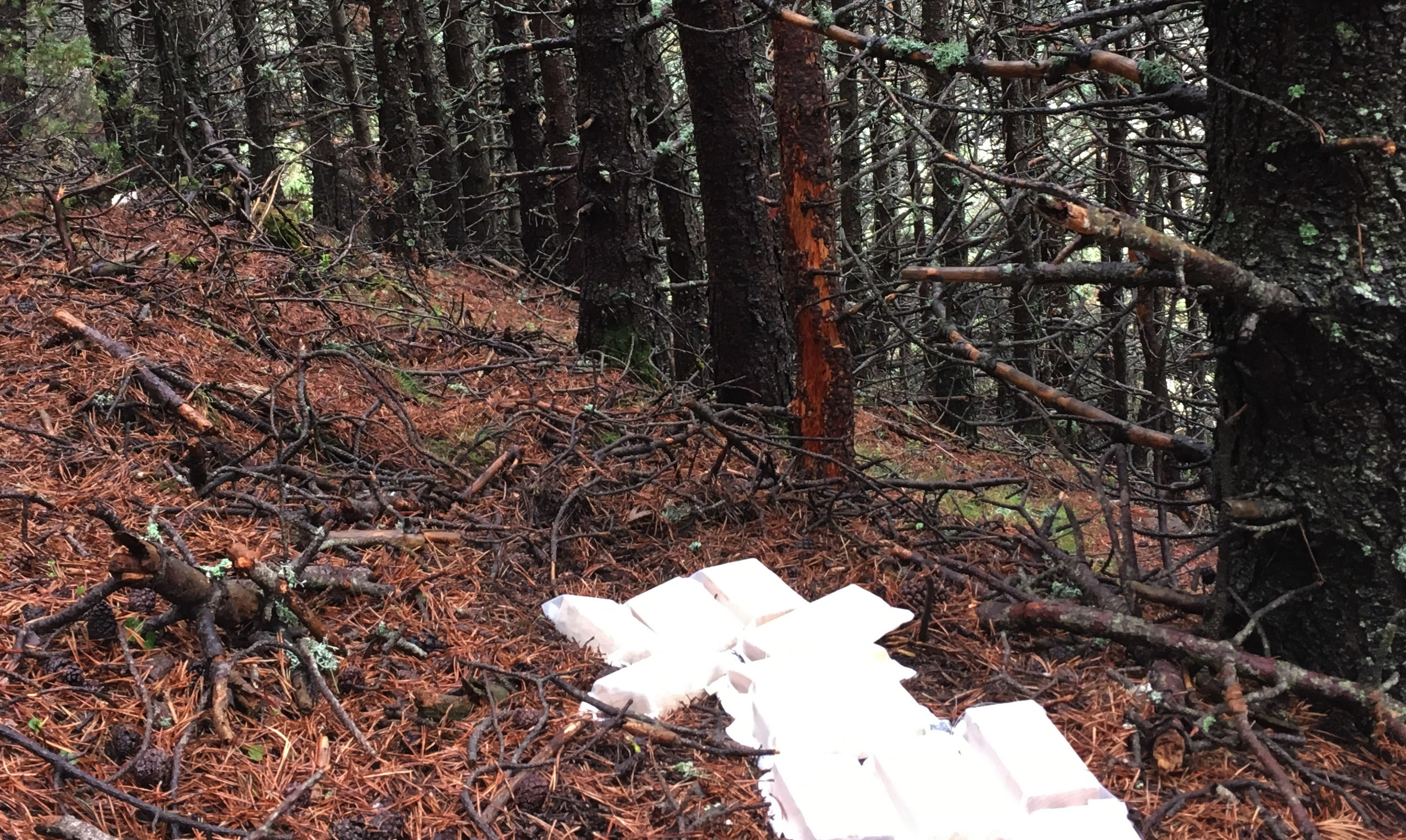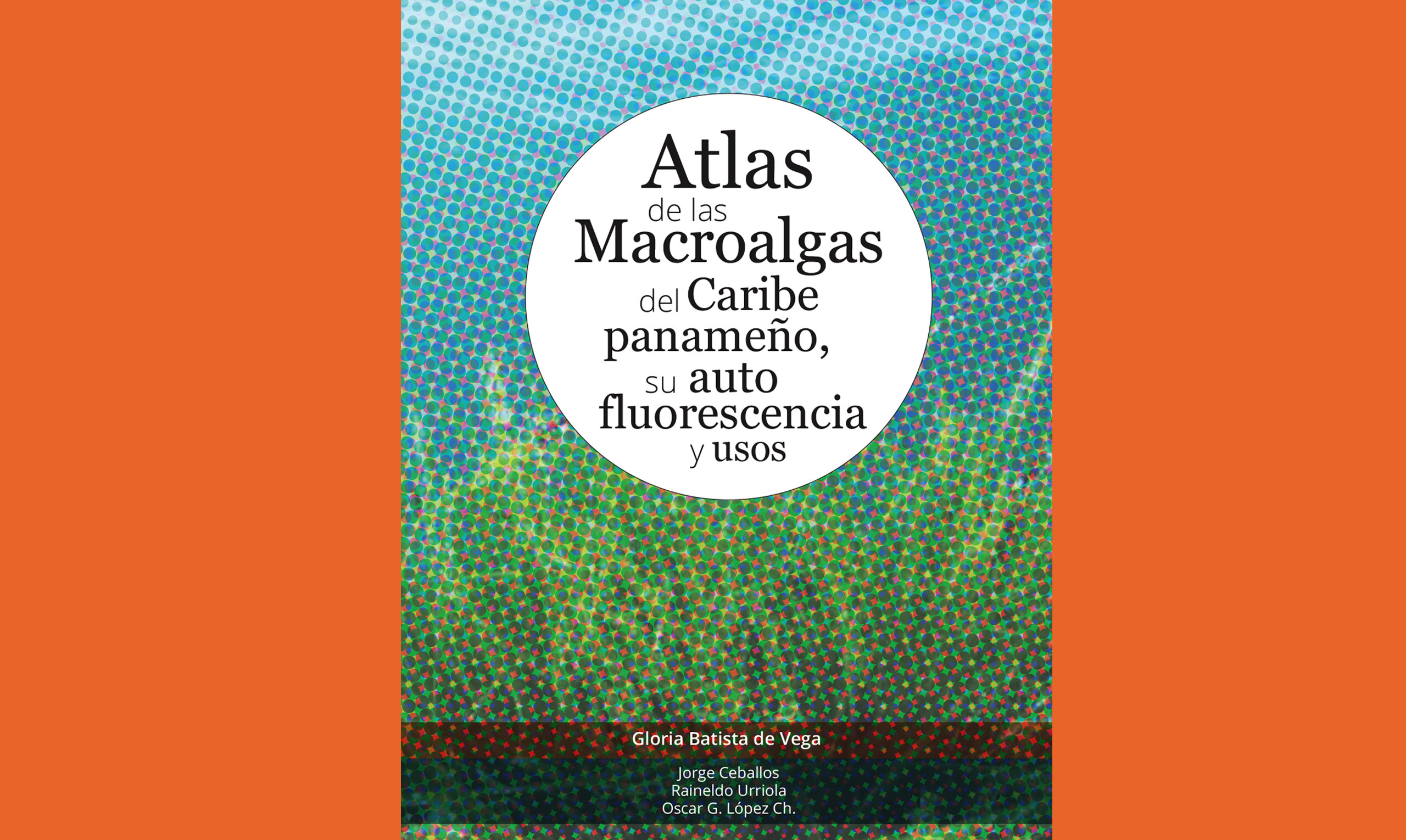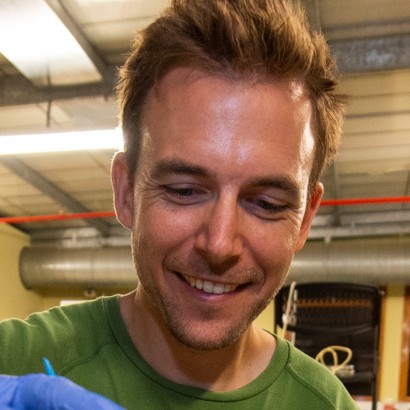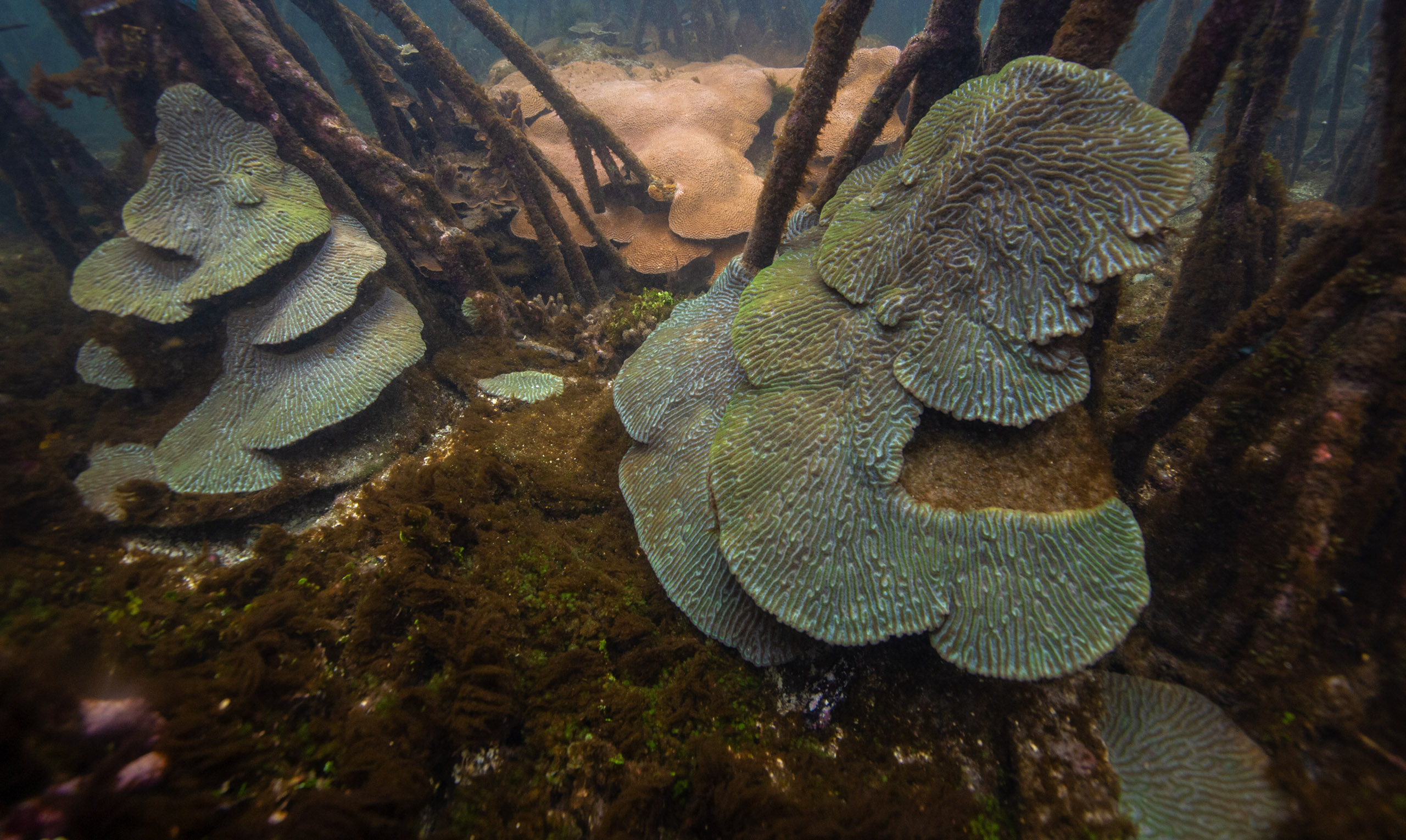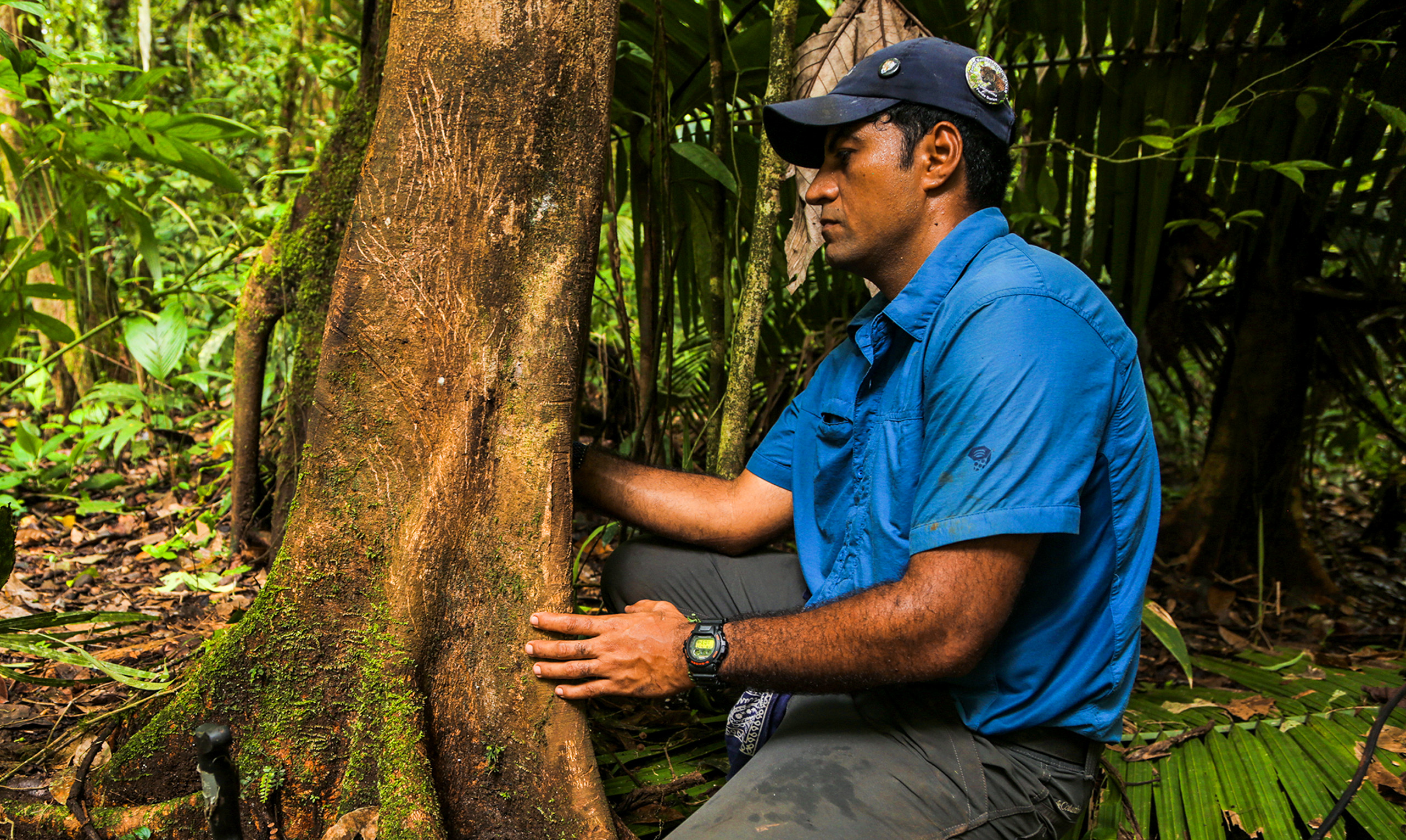The astonishing diversity of animals, algae and plants that live in the world’s oceans today would either not exist, or would exist in a very different form, if organisms had not interacted with microbial partners for millions of years. If we truly want to understand how biological diversity originated, how species coexist and how organisms cope with global changes, we must study the functional role of microbial partners and how microbes co-evolve with hosts.
M.Sc. University Pierre and Marie Curie, Paris 6, France, 2008
Ph.D., University Pierre and Marie Curie, Paris 6, France, 2012.
** shared first authorship
Clever F, Sourisse JM, Preziosi RF, Eisen JA, Rodriguez Guerra EC, Scott JJ, Wilkins LGE, Altieri AH, McMillan WO, Leray M. 2022. The gut microbiome variability of a butterflyfish increases on severely degraded Caribbean reefs. Communications Biology In Press
Leray M, Knowlton N, Machida R. 2022. MIDORI2: A collection of quality controlled, preformatted, and regularly updated reference databases for taxonomic assignment of eukaryotic mitochondrial sequences. Environmental DNA. 0, 1-14
Leray M**, Wilkins LGE**, Apprill A, Bik HM, Clever F, Connolly SR, De León ME, Duffy EJ, Ezzat L, Gignoux-Wolfsohn S, Herre EA, Kaye JZ, Kline DI, Kueneman JG, McCormick MK, McMillan OW, O’Dea A, Pereira TJ, Petersen JM, Petticord DJ, Torchin ME, Vega Thurber R, Videvall E, Wcislo WT, Yuen B, Eisen JA. 2021. Natural experiments and long-term monitoring are critical to understand and predict marine host-microbe ecology and evolution. PLoS Biology. 19, e3001322
Johnson MD**, Scott JJ**, Leray M**, Lucey N**, Bravo LMR, Wied WL, Altieri AH. 2021. Rapid ecosystem-scale consequences of acute deoxygenation on a Caribbean coral reef. Nature Communications. 12, 1-12
Leray M, Knowlton N, Ho S, Nguyen BN, Machida R. 2019. GenBank is a reliable resource for 21st century biodiversity research. Proceedings of the National Academy of Sciences of the United States of America. 116, 22651-22656
Wilkins LGE**, Leray M**, Yuen B, Peixoto R, Pereira TJ, Bik HM, Coil DA, Duffy JE, Herre EA, Lessios H, Lucey N, Mejia LC, O'dea A, Rasher DB, Sharp K, Sogin EM, Thacker RW, Vega Thurber R, Wcislo WT, Wilbanks EG, Eisen JA. 2019. Host-associated microbiomes drive structure and function of marine ecosystems. PLoS Biology 17, e3000533
Leray M, Alldredge AL, Yang JY, Meyer CP, Holbrook SJ, Schmitt RJ, Knowlton N, Brooks AJ. 2019. Dietary partitioning promotes the coexistence of planktivorous species on coral reefs. Molecular ecology 28, 2694-2710
Leray M, Ho S-L, Lin J, Machida R. 2018. MIDORI server: a webserver for taxonomic assignment of unknown metazoan mitochondrial-encoded sequences using a curated database. Bioinformatics bty454
Leray M, Knowlton N. 2016. Censusing marine eukaryotic diversity in the twenty-first century. Philosophical Transactions of the Royal Society B 371,20150331
Leray M, Meyer CP, Mills SC. 2015. Metabarcoding dietary analysis of coral dwelling predatory fish demonstrates the minor contribution of coral mutualists to their highly partitioned, generalist diet. PeerJ 3,e1047
Leray M, Knowlton N. 2015. DNA barcoding and metabarcoding of standardized samples reveal patterns of marine benthic diversity. Proceediengs of the National Academy of Sciences of the United States of America. 112,2076-2081
Leray M, Yang JY, Meyer CP, Mills SC, Agudelo N*, Ranwez V, Boehm JT, Machida RJ. 2013. A new versatile primer set targeting a short fragment of the mitochondrial COI region for metabarcoding metazoan diversity, application for characterizing coral reef fish gut contents. Frontiers in Zoology 10,34
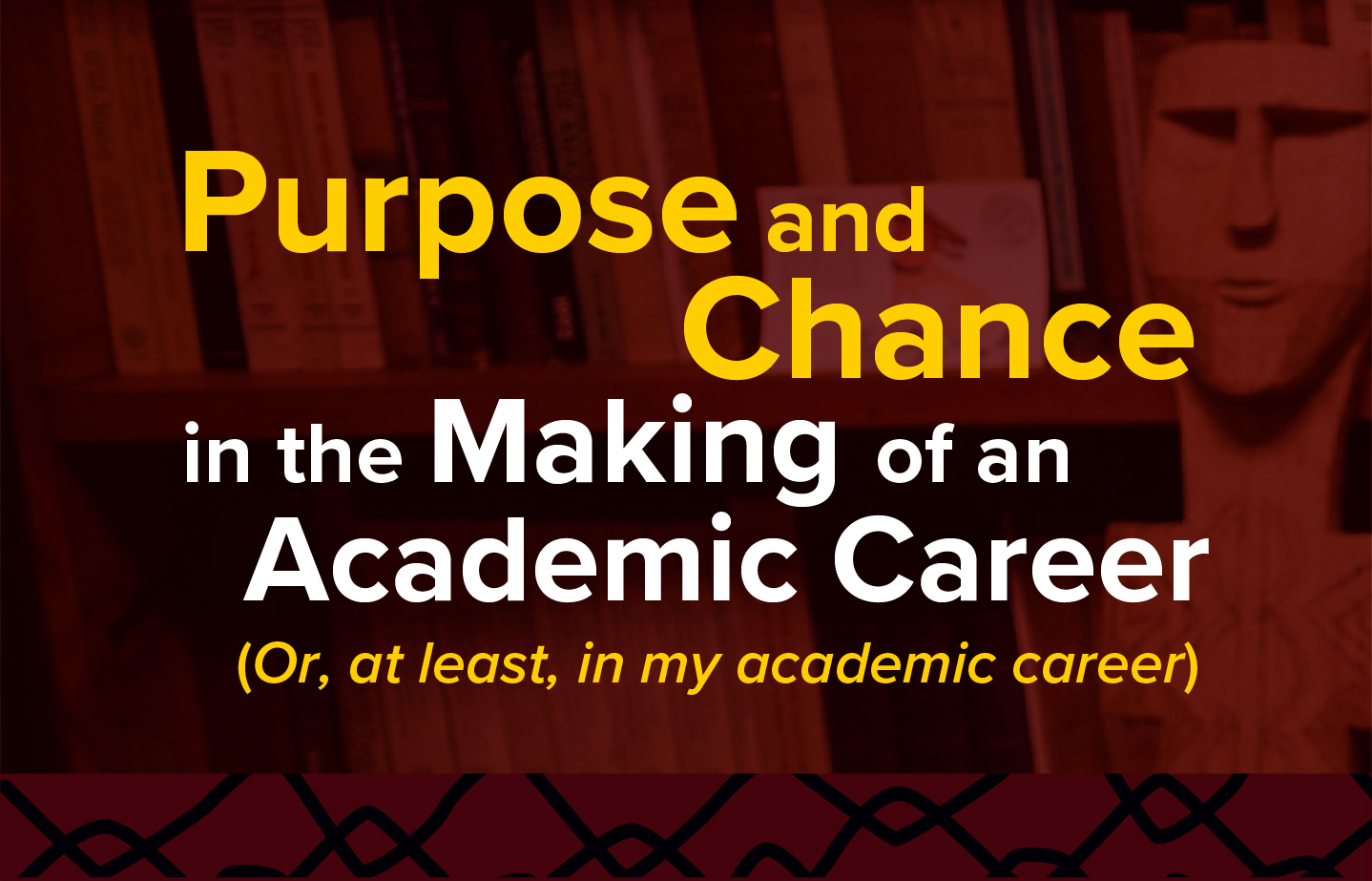 brown
Fernando Santos-Granero
brown
Fernando Santos-Granero
